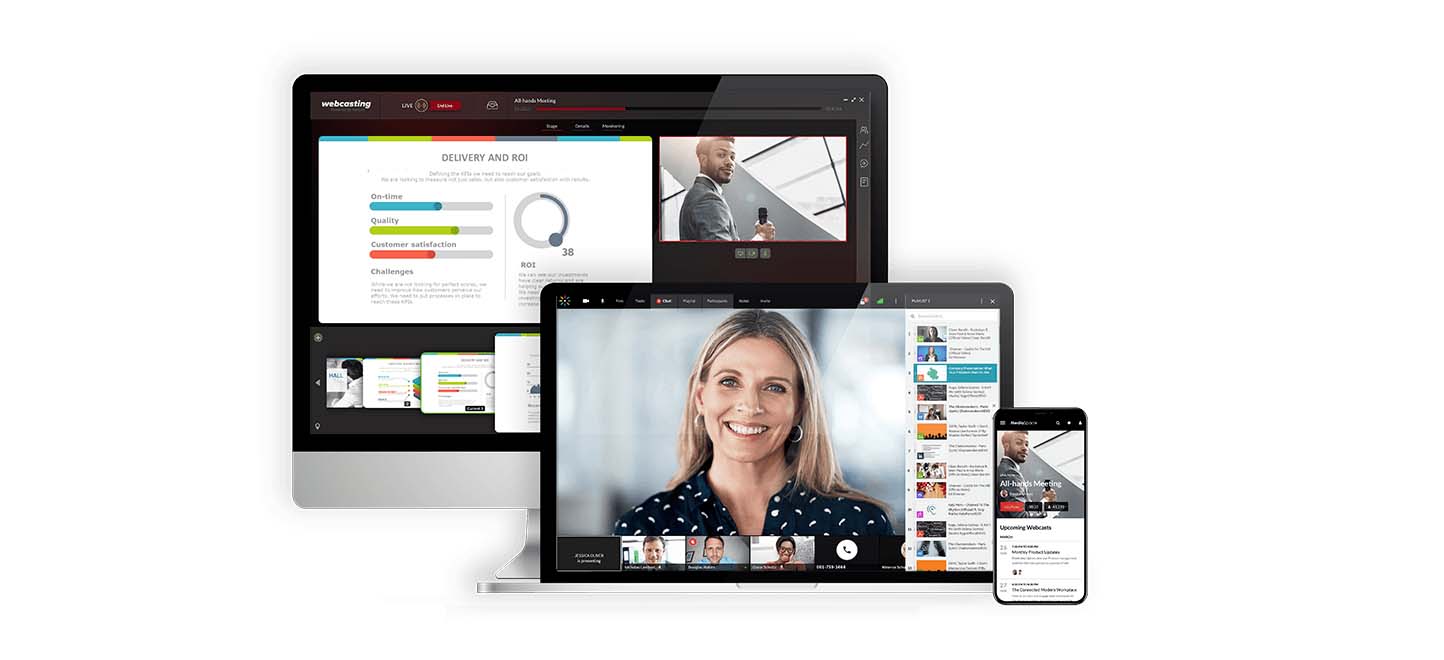When to consider your own in-house production studio?..

We now know that videos are versatile. In our previous blog, we explained that they can be used for human resources. But did you know that you can also use video during the screening process? Today, we are talking to Jamil from our partner Flipbase to find out exactly how candidate screening videos work, why you should use them, and which tools you can use for this.
In an earlier interview with Flipbase, we already discussed the ins and outs of recruitment videos, which are videos produced by recruiters instead of candidates. Within Flipbase, these are called Culture Branding videos. Would you like to know how employers can use video to promote talent?
What exactly are candidate screening videos?
“You can see candidate screening videos as an innovative form of resume screening, in which video is used in the application process. The applicants or candidates create videos to apply for a particular vacancy. The ‘candidates’ are therefore ‘screened’ on the basis of the videos they submit. Recruiters evaluate these videos.”
Sounds amazing! How should we visualize that? Like videos in which people introduce themselves or more video interviews?
“Not necessarily video interviews, because they are not online video calls but the strength lies in the asynchronous. The candidates can record videos whenever it suits them.”
What types of candidate screening can we distinguish?
“The first form is video motivation. Simply put, this is a motivation letter in video form. Candidates are then asked to take a motivational video on a particular job, with a duration of 1 or 2 minutes, for example. This can be done while applying in the form or immediately after applying. Recruiters can also choose to record the instructions as a video to make the recruiting process as fun, interactive, and personal as possible.
The second form is video assessment. This does not necessarily replace a telephone intake, but is more like a second interview. Think of it as recruitment software where the candidate has to answer one or more questions with videos. The candidate is given the time to record an answer to certain questions. To make the applications as authentic as possible, the candidate only has one attempt. As HR, you can then look back at these answers and filter out the top talent.
The third form is video collaborate. This offers the possibility to share the videos of candidates with your colleagues and hiring managers. A kind of presentation, in which you can work together. This is especially important in this day and age, as most communication takes place online. This way, you can easily identify the candidates who stand out the most to share and then assess together with your colleagues.”


Is it also beneficial for the candidates themselves?
“Hell yes! Candidates can distinguish themselves better with candidate screening videos. Especially if you are new to the job market, it is quite difficult to work your way through those selection processes. Videos allow you to market yourself that little bit better. Candidates also often experience it as more fun than the traditional application procedures; making a video is much more fun and innovative than just another CV and cover letter. Finally, the section about ‘fair recruitment decisions’ is of course also an advantage for the applicant, because s/he gets fair chances through a fair trial.”
If companies want to get started with candidate screening videos, what’s the best way or place to start?
“We recommend three steps to determine how best to use videos during the selection processes:
Which platform can people use best, Flipbase or VIXY?
“It just depends on what you want. The Flipbase platform is an out-of-the-box recruitment and candidate screening tool that you can easily integrate into your own website, recruitment software, or app. If you would like one central media library where you can upload, manage, edit, and publish all recruitment videos and candidate screening videos with the entire organization, then the VIXY Video Platform is also suitable. VIXY also offers a video API that takes all the complexity surrounding video off your hands.”
We once again had the honor to interview Flipbase for this blog, thank you! Jamil from Flipbase knows what he is talking about when talking about candidate screening videos, because Flipbase offers video technology that makes it possible to integrate video communication directly into existing processes and systems. As a recruiter or HR department, you can easily use video during the recruitment process. The videos fully integrate with the tracking systems of companies, making the flow and intake of candidates much more efficient and clearer.



